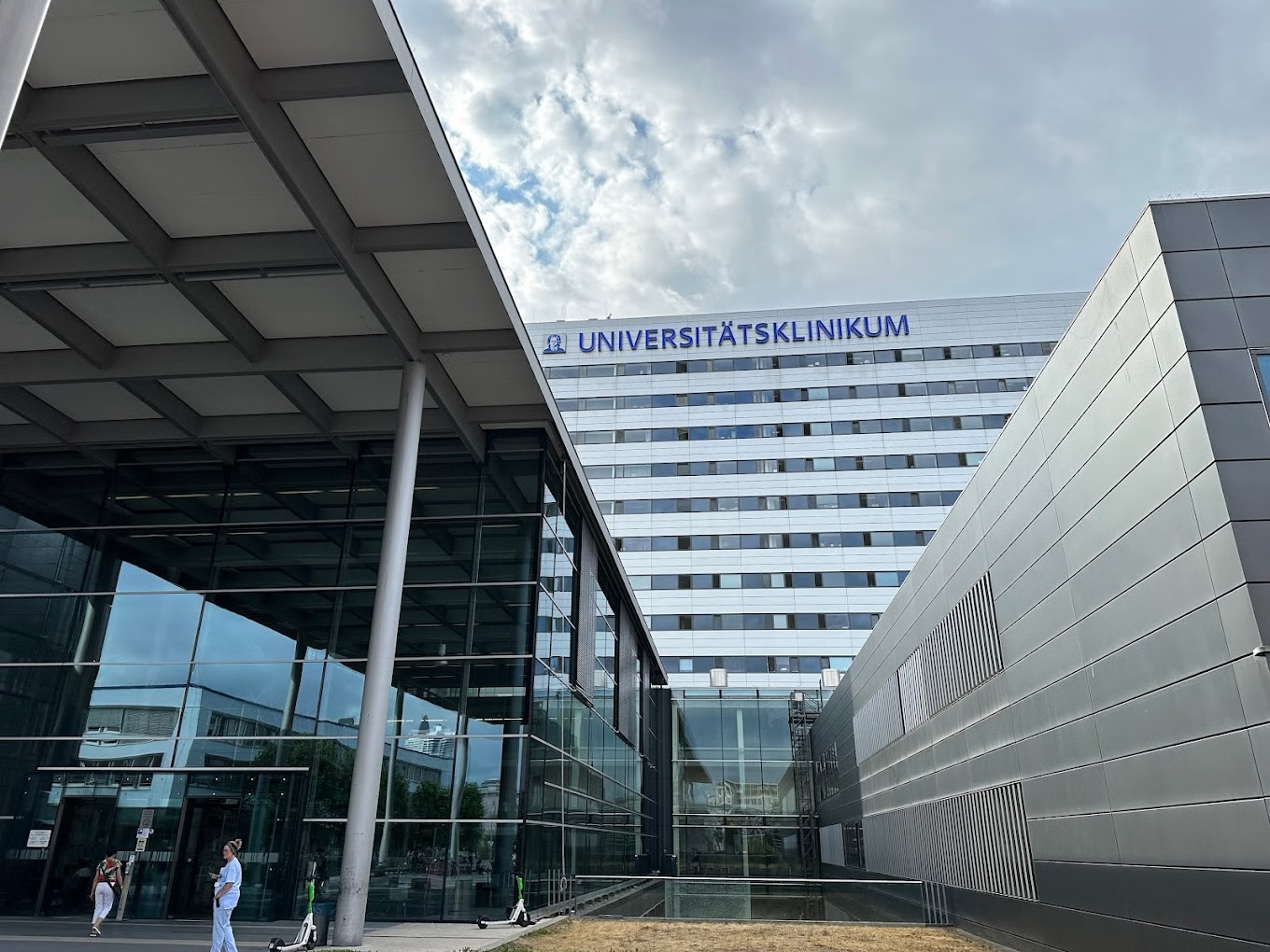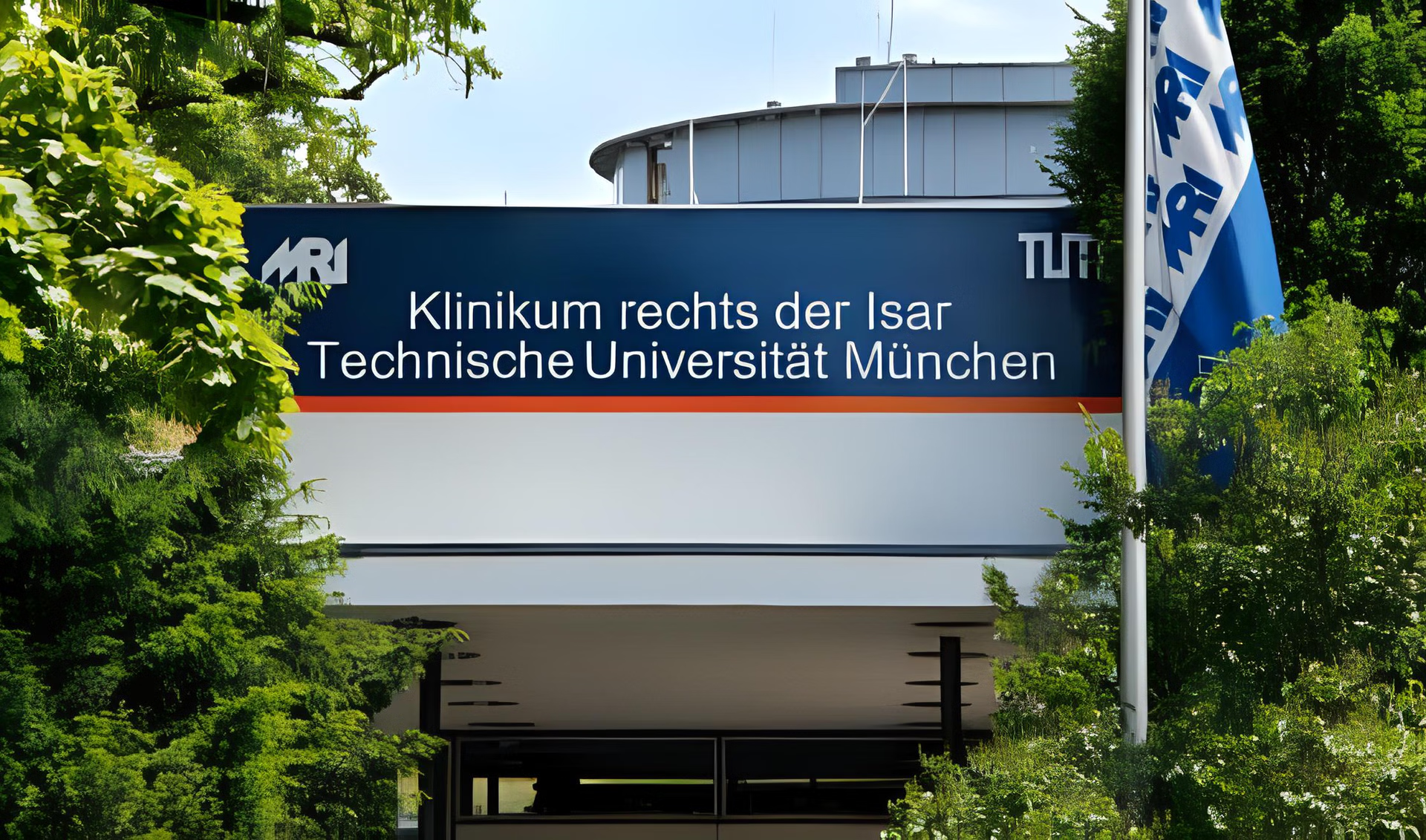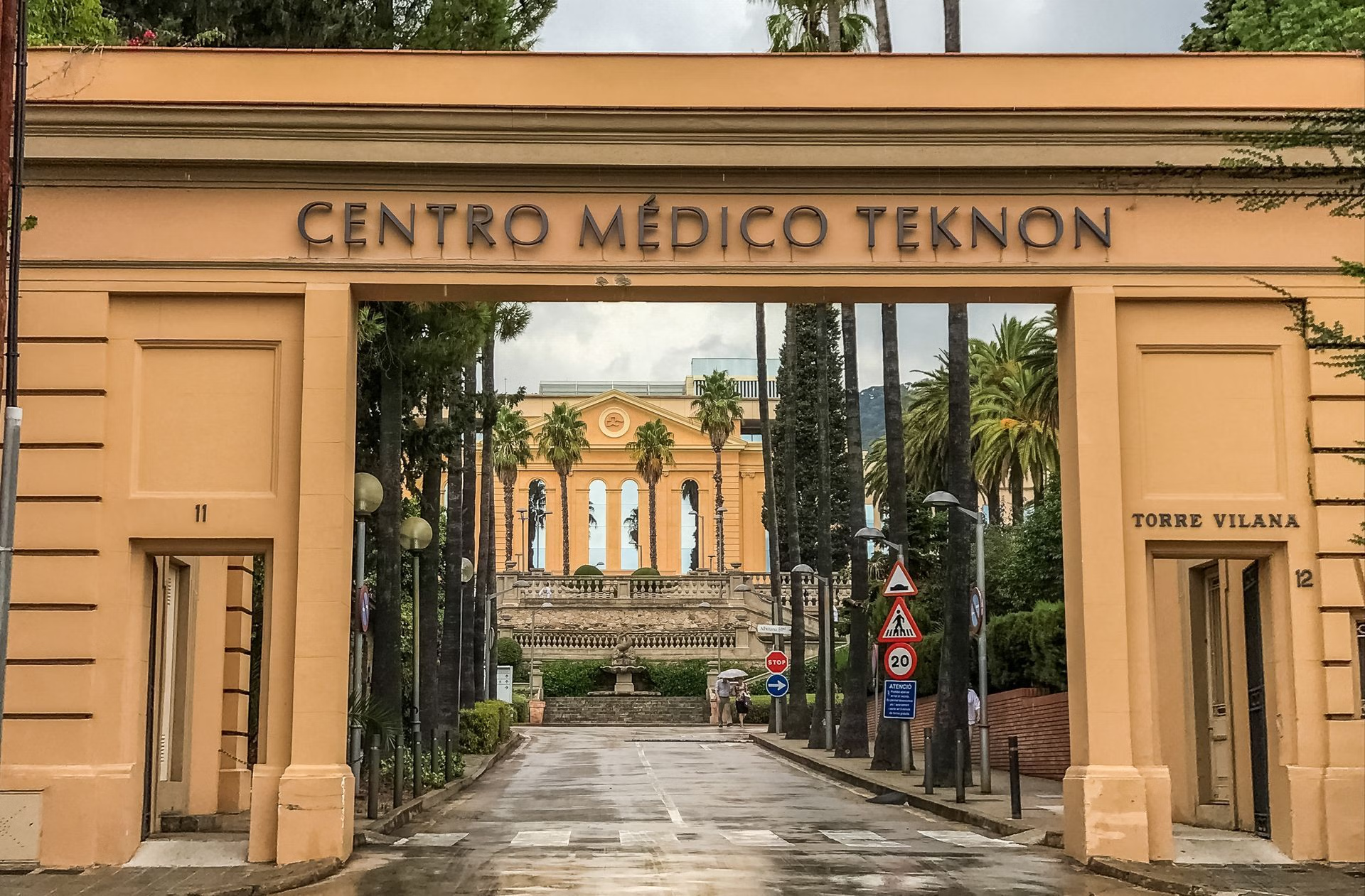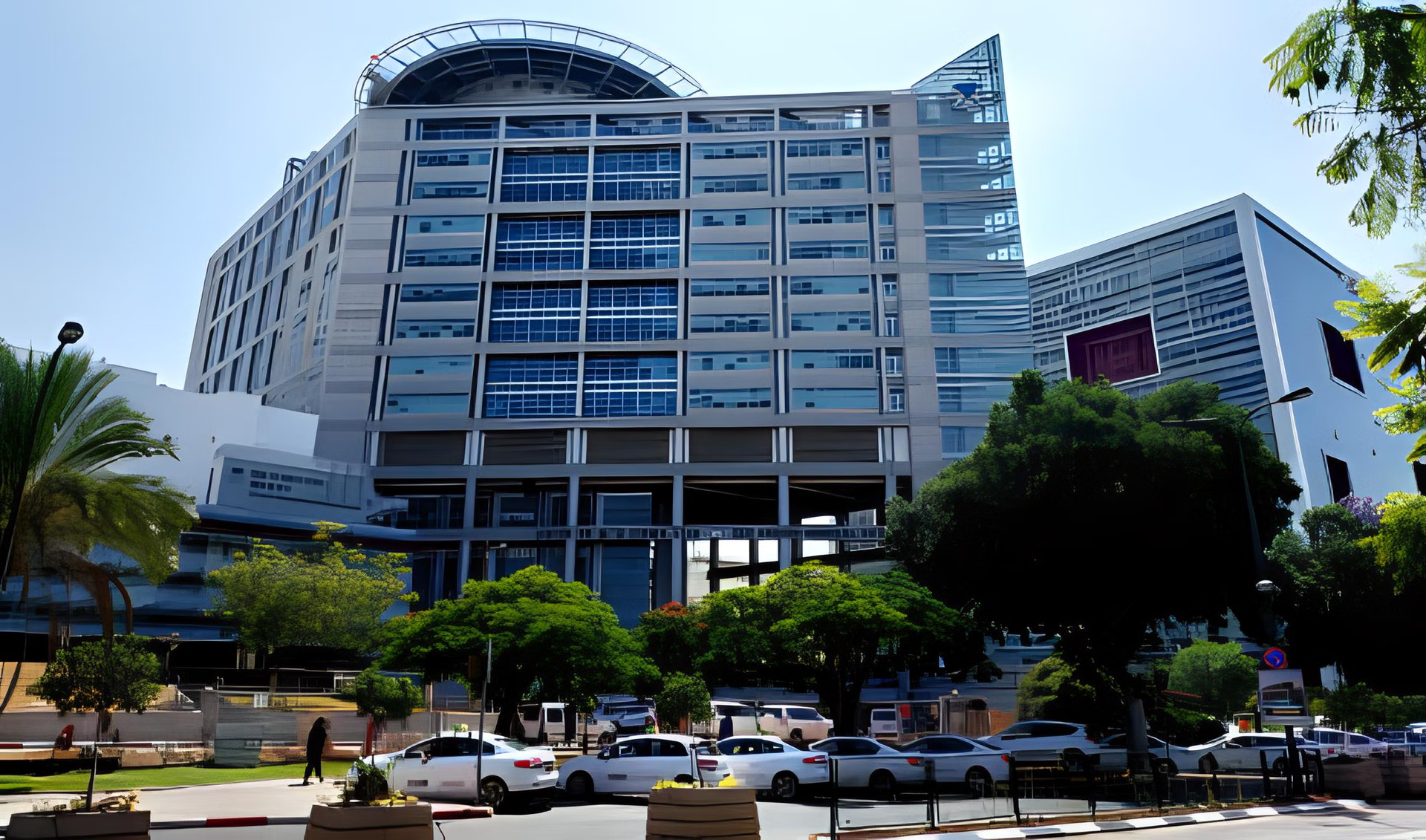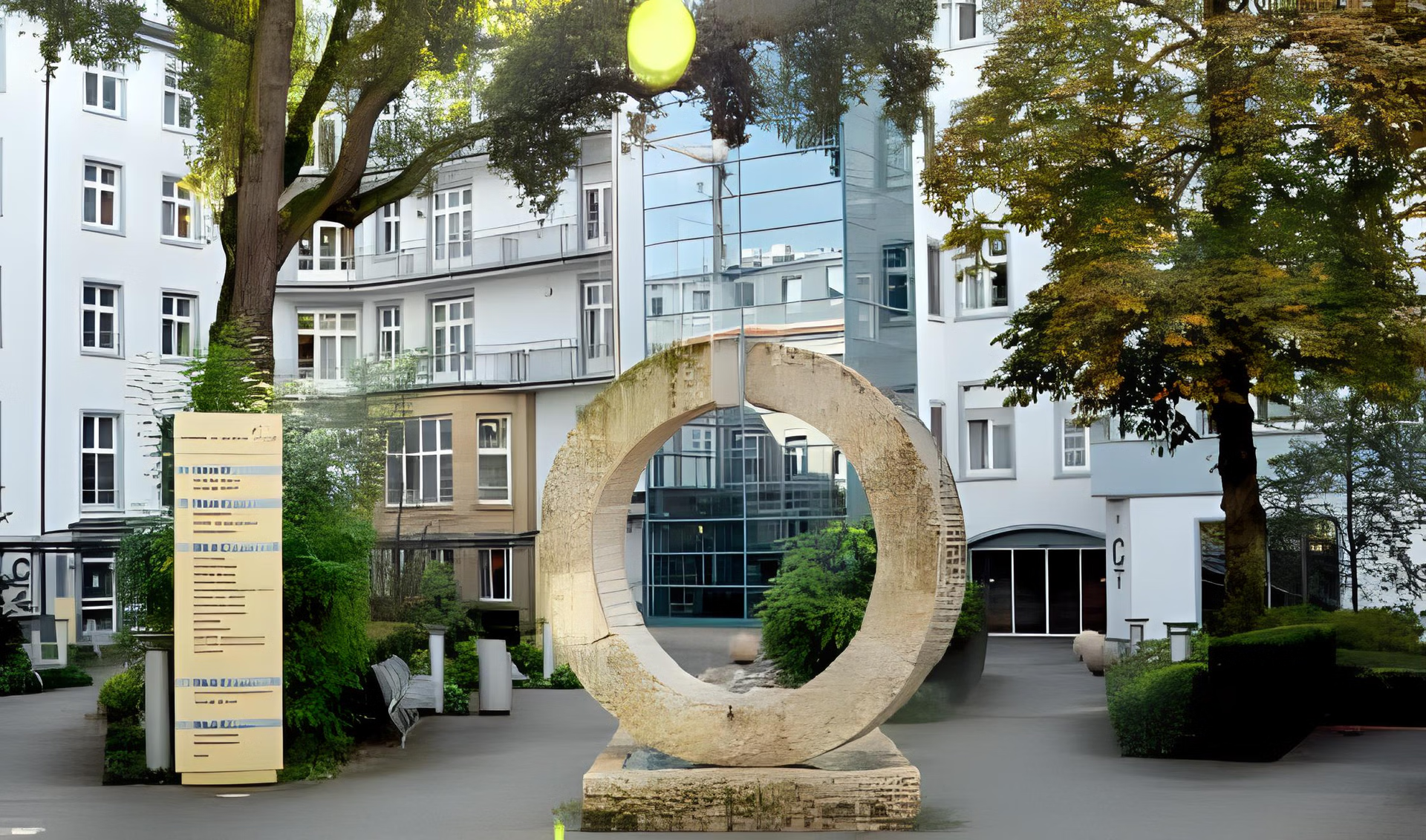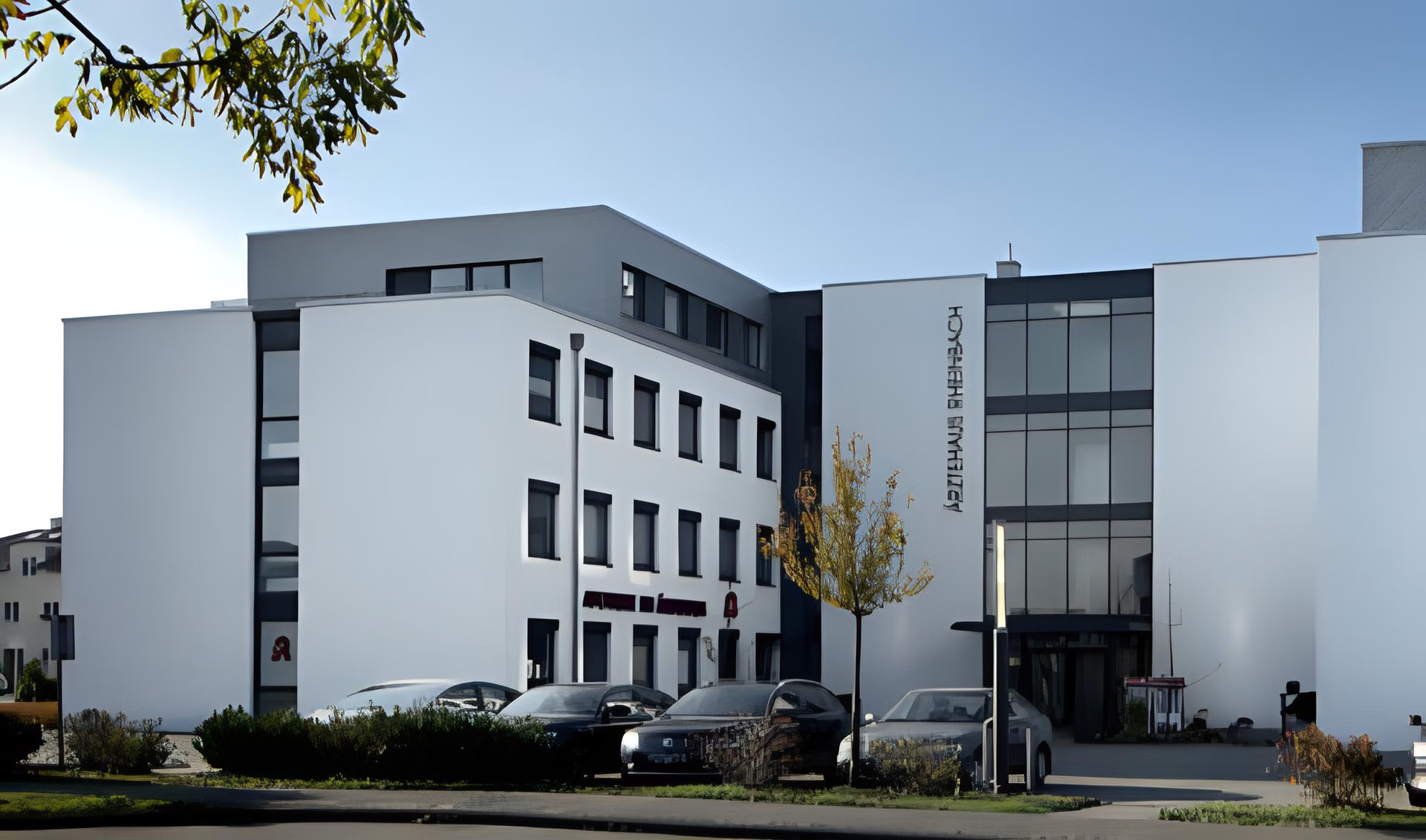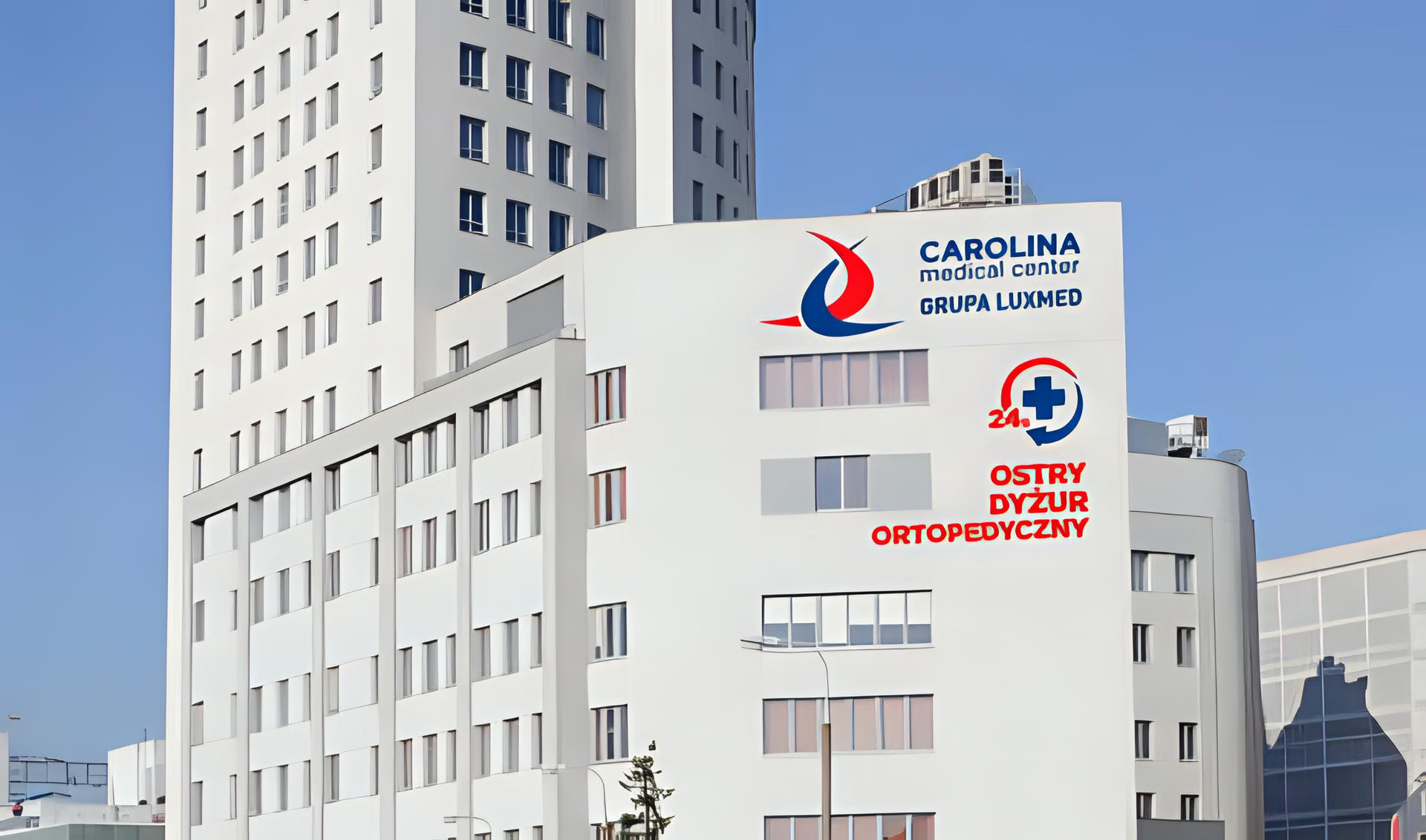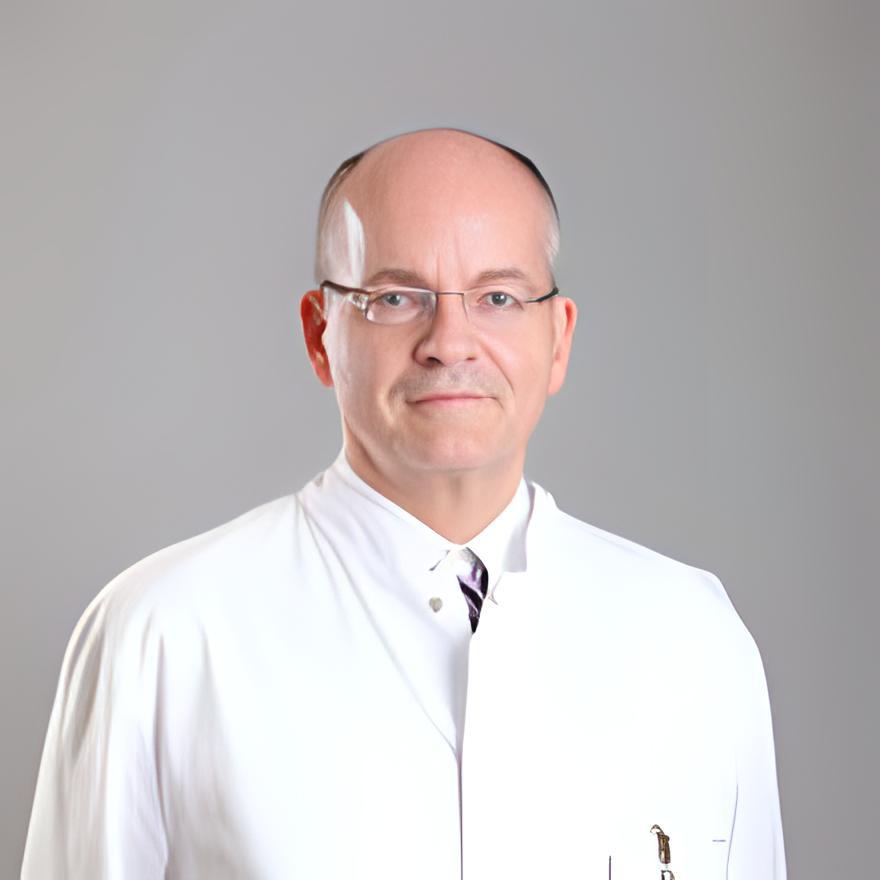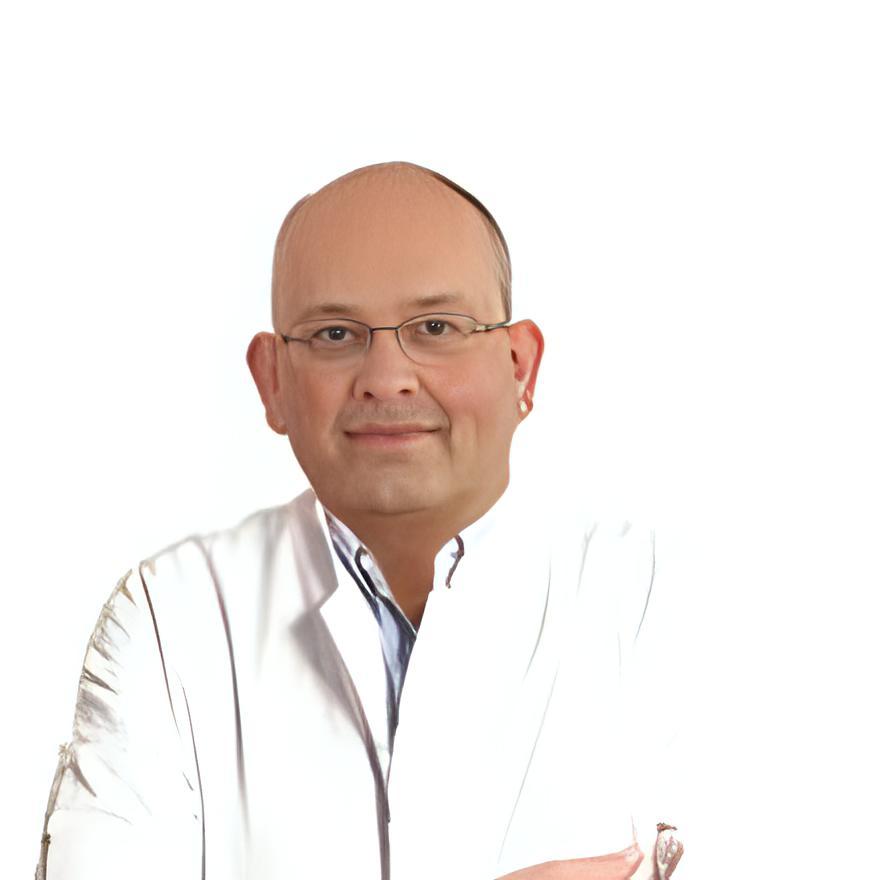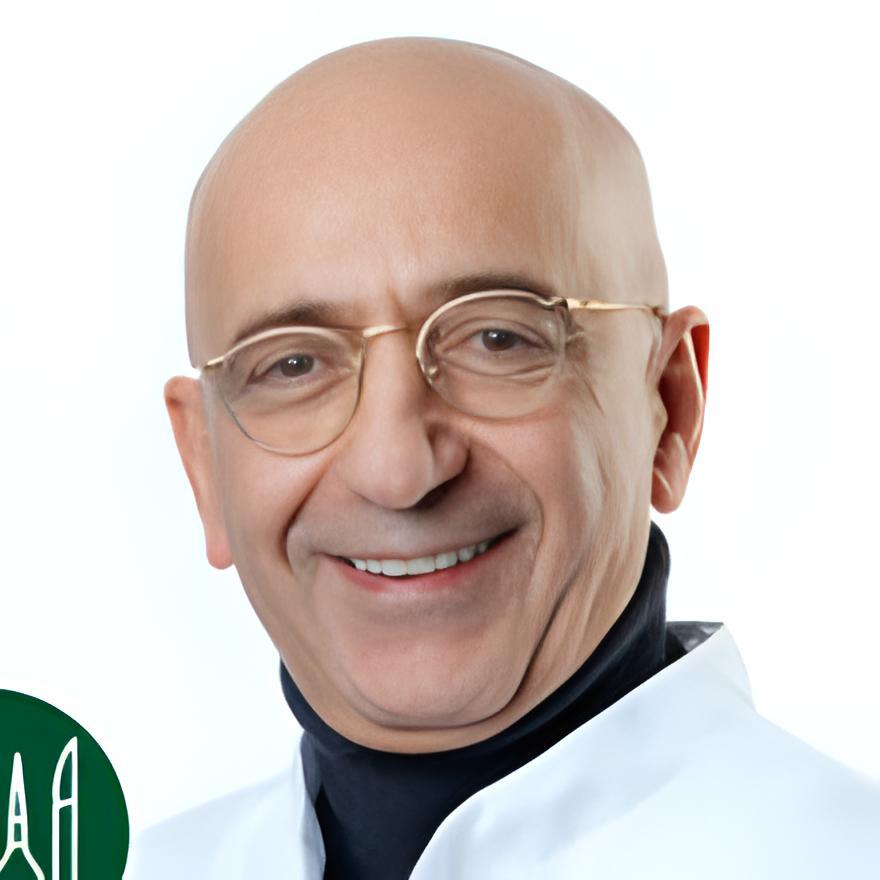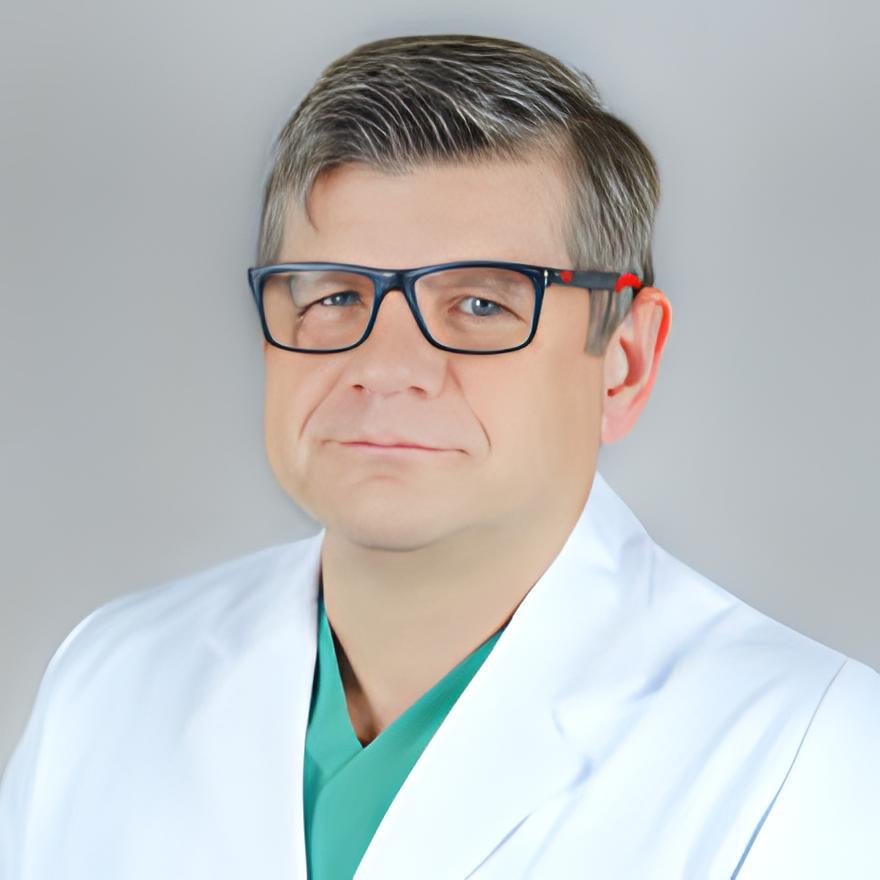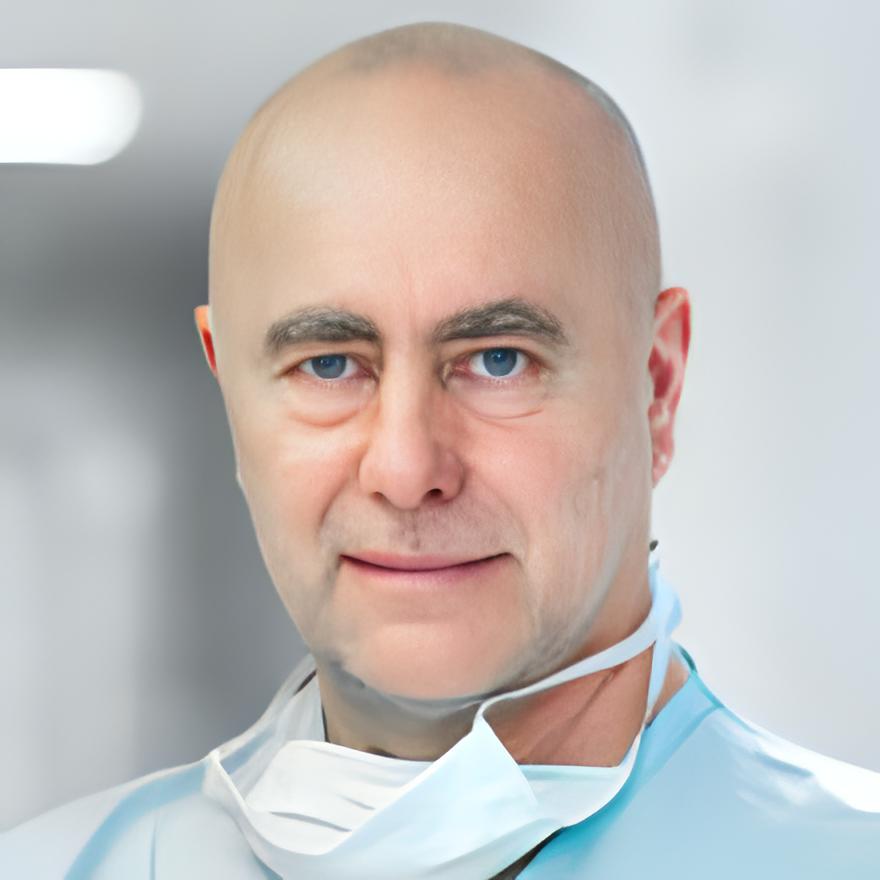Stomach (Gastric) Cancer Guide

Most people with stomach cancer are over 75 years old.
The relative 5-year stomach cancer survival rate is 33,3%.
People who smoke have about twice as many gastric tumors as people who don't smoke.
Approximately 1 000 000 cases of stomach tumors are diagnosed worldwide each year.
 What happens in the stomach?
What happens in the stomach?
The proximal stomach has the first three parts:
The first part, which is closest to the esophagus, is called the cardia. The upper part of the stomach next to the cardia is called the fundus. The central part of the stomach is between the upper and lower parts.
Some of the cells in these parts of the stomach make acid and pepsin, an enzyme that helps break down food. Together, these two chemicals make gastric juice, which helps break down food. They also make a specific protein factor needed for the body to absorb vitamin B12.
The distal stomach consists of two parts below:
- Antrum: The lower part of the stomach, close to the small intestine, where food and gastric juice mix.
- Pylorus is the last part of the stomach, working as a valve. Pylorus controls the flow of food to the small intestine.
The small intestine, colon, liver, spleen, and pancreas are also close to the stomach.
There are five parts to the stomach wall. The cells of the inner mucosal part of the stomach replace every few days because the digestive acid attacks them constantly.
The layers help doctors figure out how far the gastric tumor has spread, which can affect a person's options for treatment and prognosis. As cancer spreads from the mucosa to deeper levels, it is said to be in a later stage and may need more treatment.
 What is stomach cancer?
What is stomach cancer?
It is a disease in which stomach cells grow abnormally and out of control, displacing normal cells.
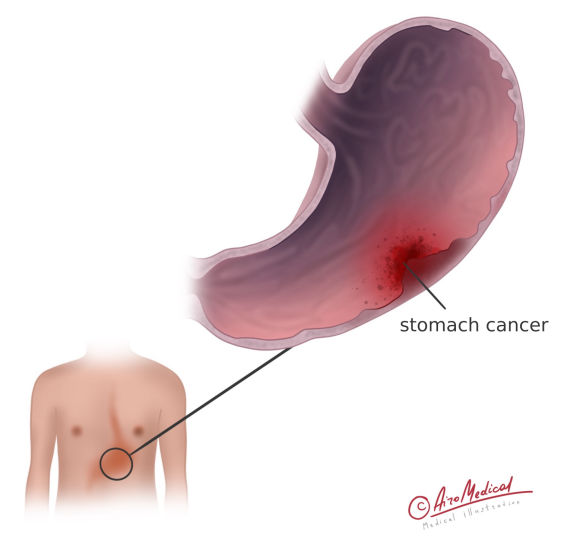 But, most stomach cancers take a long time to get worse. Before a valid malignant neoplasm forms, the mucosa often changes, similar to cancer. These early changes usually don't cause symptoms, so they are often missed.
But, most stomach cancers take a long time to get worse. Before a valid malignant neoplasm forms, the mucosa often changes, similar to cancer. These early changes usually don't cause symptoms, so they are often missed.
Cancers starting in different stomach parts usually have various symptoms and outcomes. Where the tumor is can also change how oncologists can treat it.
Gastric cancer cells can spread to other body parts, such as the liver. This spreading of cancer cells is called metastasis. There are many types of stomach cancer, but the most common ones are:
- Adenocarcinoma: This type of stomach cancer starts in the mucous membrane cells in 90 to 95% of cases (inner membrane of the stomach).
- Lymphoma affects the tissue of the immune system in the stomach, which protects the body.
- Gastrointestinal stromal tumor: This happens in specific stomach cells that contract the smooth muscles of the digestive tract and push food through the esophagus.
- A carcinoid tumor begins in the cells of a specific type of stomach that makes certain hormones.
Stomach cancer is the sixth most common and the third most deadly. Even though gastric cancer is usually found late, there are many ways to treat it.
 What are the risk factors?
What are the risk factors?
A risk factor is anything that makes the probability of gaining a disease like stomach cancer higher. Some of the elements can be changed, like quitting smoking. Some can't, like a person's age or family history.
But just because a person has one or more risk factors doesn't mean they will get the disease. Many people who have one or even more risk factors don't ever get cancer.
Scientists have found several things that make stomach cancer more likely. We can stop some of these, but others can't.
- Gender: Men are more likely to get stomach cancer than women.
- Age: People of all ages can get stomach cancer, but the risk rises as a person gets older. Most are in their 60s-80s.
- Ethnicity: Hispanic Americans, Africans, Native Americans, and Asian/Pacific Islanders are more likely to get cancer than others.
- Geography: Stomach cancer is more common in South and Central America and East Asia than in other parts of the world. Africa and North America have less of this disease than other places.
- Infection with Helicobacter pylori: Infection with the Helicobacter pylori (H pylori) microbes seems to be a significant cause of cancer, particularly in the lower part of the stomach. If this germ stays in the stomach for a long time, it can cause atrophic gastritis and other changes that can lead to cancer in the mucosal lining.
- Overweight or obesity: The chance of getting gastric cardia cancer increases with a higher body mass index (more than 25).
- Diet: People who eat much-salted fish, meat, and pickled vegetables, preserved by salting, are more likely to get stomach cancer. Eating meat processed, grilled, or cooked over charcoal raises the risk, as well as a no-fruits meal.
- On the other hand, eating many fresh fruits (especially citrus fruits) and raw vegetables seems to lower the risk of stomach cancer.
- Use of alcohol: Stomach cancer is probably more likely in people who drink alcohol. Three or more daily drinks have the most evidence for this link.
- Tobacco use: Smokers are more likely to get stomach cancer, especially in the upper part of the stomach near the esophagus.
- Previous surgery on the stomach: People who have had part of their stomach taken out to treat things like ulcers are more likely to get stomach cancer. It could be because the stomach makes less acid, making more bacteria bad for growing. After surgery, the risk might also increase if bile from the small intestine flows backward into the stomach.
- Polyps in the stomach: Polyps are growths on the inside of the stomach that are not cancerous. Most polyps, like hyperplastic and inflammatory, don't seem to increase a person's tumor risk much, if at all. But sometimes, adenomatous polyps, also called adenomas, can become cancer.
- A history of stomach cancer in the family: People with parents, siblings, or children who have had stomach cancer are much more likely to get it themselves. Still, most people with stomach cancer don't have a history of it in their family.
B12-insufficiency anemia, Menetrier disease, and several inherited syndromes are risk factors.
 What are the symptoms of stomach cancer?
What are the symptoms of stomach cancer?
When gastric cancer is in its early stages, it rarely causes symptoms. Most stomach cancers aren't found until they are big or have spread outside the stomach. It is the case in places where stomach cancer screening isn't expected.
When cancer in the stomach does cause symptoms, they can include the following:
- Decreased appetite,
- Weight loss,
- Pain in the abdomen,
- Even though a person only ate a small meal, they feel full,
- Heartburn or upset stomach,
- Nausea,
- Whether or not blood is being thrown up,
- The buildup of fluid or swelling in the abdomen,
- Stool with blood in it,
- If patients don't have enough red blood cells, they might feel tired or weak (anemia),
- The skin and eyes will turn yellow if the cancer spreads to the liver (jaundice).
Things other than tumors, like a viral infection or an ulcer, are more likely to cause most of these signs. Different types of tumors could also cause some of these symptoms of stomach cancer. However, people with any of these problems should see doctors, especially if they don't go away or get worse. So they can find the cause and, if necessary, treat it.
 Diagnostic tests
Diagnostic tests
Most stomach cancer symptoms may be signs of other digestive system diseases, but to find out what's happened with the patient and get the treatment, see a doctor. The gastroenterologist will look at the patient's medical history and any symptoms, do a visual exam, and may recommend more tests:
- A blood test to check your overall health and see how your organs work. The results could show if cancer has spread to other body parts, like the liver.
- Upper endoscopy (EUS) is when a thin tube with a small chamber is put down the esophagus and into the stomach. It lets the doctor see the inside, the tumor itself.
- Endoscopic ultrasound uses a sensor attached to the end of the endoscope. It is put down the throat and into the stomach. The sensor sends sound waves and picks up the organ's echoes.
- X-ray examination (barium swallowing test): The inside of the stomach and esophagus are shown with the help of a contrast solution with barium that the patient drinks before the test. Several X-rays are taken so that any strange changes.
- A CT or computer tomography scan is an X-ray series showing the stomach and soft tissue sections in great detail to check for stomach cancer.
- An MRI uses strong magnets and radio waves to look at the body. The doctor has clear, detailed pictures of stomach cancer or cancer that has already spread.
- A PET-CT scan, or positron emission tomography scan, shows where in the body cancer has spread. During this test, the patient is given a special kind of glucose that can be seen through a camera. This difference shows up in places where cancer forms when there is a disease.
- Biopsy: A specialist takes a sample of the stomach's suspicious area during an upper endoscopy. The piece is tested in the lab, which is the best way to confirm whether there are cancer cells.
The test will tell if the malignancy is present and what kind it is. Early detection of the disease and better treatments can extend life and make a person more likely to live.
Stages of the stomach cancer

- Stage 0: Only abnormal cells in the stomach's inner layer have been found.
- Stage 1: A tumor has spread to the second layer of the stomach (called the submucosa) and up to six lymph nodes. Doctors may also give this stage if cancer has spread to the stomach's muscle layer (subserosa) but not to any nearby lymph nodes or organs.
- Stage 2: The submucosa is invaded by malignant cells found in seven to fifteen lymph nodes. Cancer has expanded to the subserosa and up to six lymph nodes. Or a tumor has affected the stomach's outer layer (the serosa). Still, it has not spread to lymph nodes or nearby organs.
- Stage 3: Stomach cancer has spread to the subserosa layer and into up to 15 lymph nodes. Or abnormal cells have spread to organs close to the stomach but not to lymph nodes or organs farther away.
- Stage 4: A tumor has expanded to more than 15 lymph nodes. Cancer cells have spread to the surrounding organs. At least one lymph node or cancer has spread to organs far away.
Where to go to treat stomach cancer?
 Methods of care
Methods of care
The best way to treat stomach cancer depends on how far along the disease is, how bad the symptoms are, and how good your overall health is.
- Systemic chemo gets into every part of the body and kills cancer cells. The drugs are put into the bloodstream before the surgery or after it. Chemo can be a primary treatment method. The procedure is done in cycles that have a space within them.
- Targeted therapy to stop the process is when drugs are used to affect only specific genes or proteins in the immune system made by humans that are linked to cancer. At the molecular level, the growth and spread of cancer cells are stopped.
- Radiation therapy to eliminate abnormal cells uses high-energy X-rays to kill the neoplasm. It is similar to getting an x-ray but much more powerful. The procedure doesn't hurt at all, but it has side effects.
- Surgery to remove the organ. There are different kinds of surgery that surgeons can do for stomach cancer:
- Endoscopic surgery is used early on and is similar to an endoscopic examination. It is done with tiny surgical tools.
- Partial gastrectomy removes only the part of the stomach that is affected by the tumor.
- Total (complete) gastrectomy removes the whole stomach, lymph nodes, and fat tissue. After removal, the surgeon connects the intestine to the esophagus.
- Palliative surgery for non-resectable cancer is suitable for people with stomach cancer that the surgeon cannot remove. Surgery is used to control the tumor and prevent or relieve symptoms and complications.
The treatment depends on where the cancer is, its size, its spreading to other organs, and so on. Then, the doctors on the multidisciplinary team decide on the best treatment and supportive care.
What clinic choose for gastric cancer treatment?
 New ways to treat illness
New ways to treat illness
When stomach cancer is found early, surgery is the best way to treat it. In addition to chemotherapy and radiation therapy, surgery may also treat cancer. With advanced gastric cancer, treatment aims to stop the disease from worsening and lengthen the person's life. Scientists and researchers worldwide work hard to find better ways to treat the condition.
- Immunotherapy is a treatment that kills cancer cells using the body's immune system. Medicines are used to make the immune system work so that the body can kill sick stomach cells. There are different immune treatments for stomach cancer, such as therapeutic vaccines targeting specific molecules. Immunotherapy is an excellent way to treat many types of gastric tumors.
- Transarterial chemoembolization (TACE) is a proven, minimally hurting procedure. That involves giving chemo drugs locally (through the blood vessels) and blocking the blood flow to the tumor. Drugs stay inside by blocking (embolizing) the blood vessels that bring blood to cancer.
- Transarterial chemoperfusion (TACP) is a method for applying chemotherapy to a stomach tumor in a specific area. Chemotherapy drugs are put directly into the artery that feeds the cancer cells. This is done with a catheter. When there is a lot of the drug inside the tumor, it kills the abnormal cells.
- Proton therapy is a new kind of radiotherapy that uses beams of protons to kill cancer cells. The beam, which contains a certain amount of radiation, is aimed right at the gastric tumor, leaving healthy tissues around it alone.
No matter how scary it is to be told you have stomach cancer. You need to know that a team of professionals can help you at every stage and offer a wide range of treatment options. Also, only experts with much experience can develop an interdisciplinary plan to eliminate the tumor and kill any remaining cancer cells.
What doctors specialize in stomach tumors?
 Stats and predictions
Stats and predictions
How well oncologists can treat stomach cancer and how likely it is to be cured depends on how far it has spread when it is found. Even though stomach cancer is well treated early, survival rates drop as the disease progresses. Now, doctors can find tumors in the stomach earlier than ever before, which is good news when it comes to diagnosing stomach cancer. It means there are more chances of beating cancer.
The National Cancer Institute divides stomach cancer survival rates into four groups based on the cancer stage. Here is what people with stomach cancer expect in the next five years.
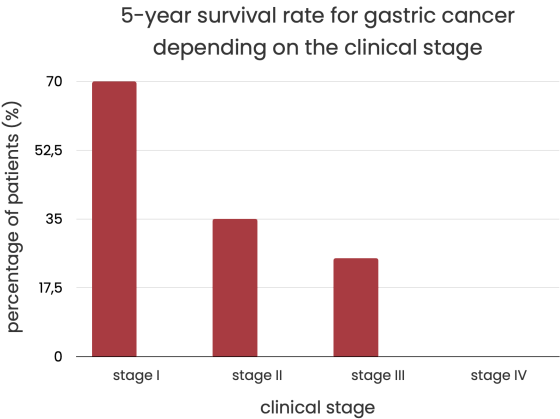
When the cancer is only in the stomach (stage I), almost 70% of people will be alive after five years. Cancer in stage II has a 35% chance of being cured, stage III has a 25% chance, and stage IV is close to 0%. There are no statistics on how many people with stage 4 cancer live for five years. Because sadly, most people don't live that long after getting diagnosed. At the same time, it's important to note that these numbers don't consider what kind of care people get.
There is no one sure way to keep stomach cancer from happening. So, many studies are done at different research centers to try to change the alarming statistics about the disease for good, to cure more people, and to save more lives.
References:
- American Cancer Society: If You Have Stomach Cancer
- Columbia University Irving Medical Center: Gastric Cancer
- Health Direct: Stomach cancer
- University of Rochester Medical Center: Stomach Cancer: Newly Diagnosed
- Cancer Research UK: Coping with stomach cancer
- Frontiers in Oncology: Conversion Surgery for Stage IV Gastric Cancer
- Future Medicine: Immunotherapy for gastric cancer: a 2021 update
